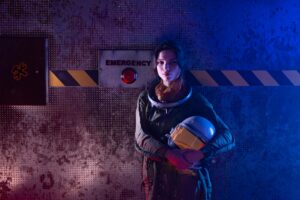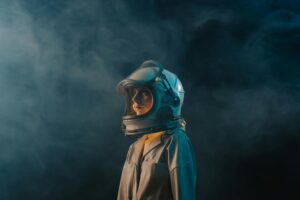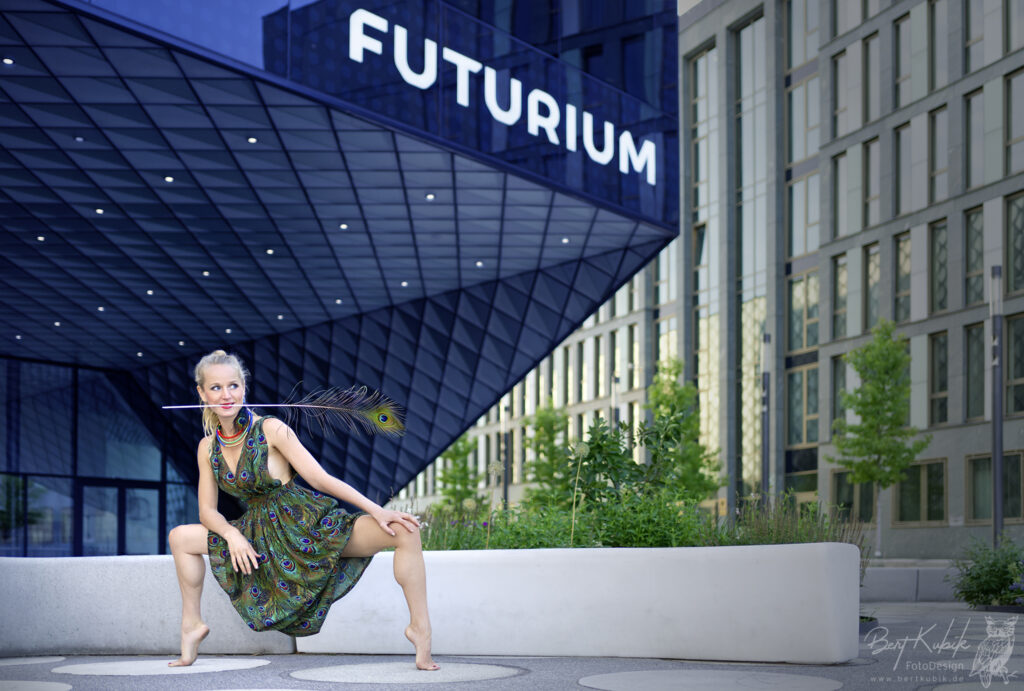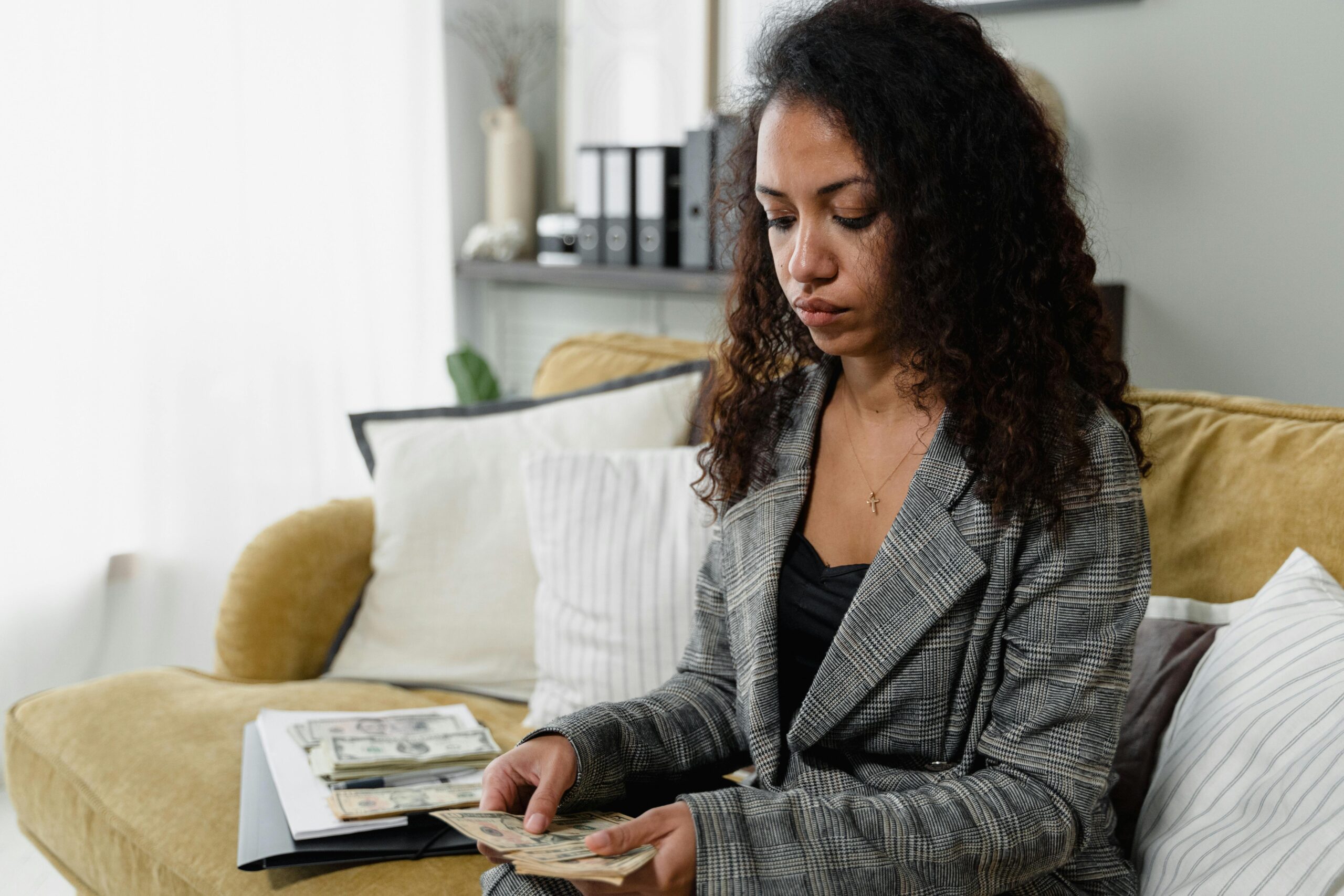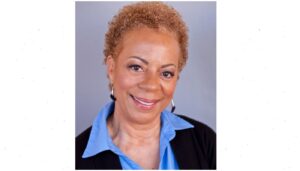In the world of dance, where movement transcends words, Lucia Peters has found a unique way to empower women. Through her dedication to dance as a practice, research, and art form, she has uncovered the profound connection between movement and healing. Lucia’s work is not just about teaching choreography; it’s about using dance as a vehicle for personal transformation, helping women rediscover their strength, confidence, and voice.
Lucia’s journey is marked by her passion for exploring the deeper meanings of dance and its impact on women’s lives. She has committed herself to creating spaces where women can express themselves freely and authentically, using dance as a tool to navigate their emotions and experiences. Her approach blends artistic expression with a therapeutic understanding of movement, making her work both innovative and deeply impactful.
To truly understand the depth of Lucia’s influence and the driving force behind her mission, we’ll be engaging in a conversation with her. Through this discussion, we’ll delve into her inspirations, challenges, and the transformative power of dance that she so passionately advocates for.
- What initially inspired you to dedicate your life to dance, and how has this journey shaped your perspective on personal growth and empowerment?
The sense to dedicate my life to dance is already embedded inside me since I can remember. I guess probably my human spirit and my soul led me toward it as I knew pretty early on in my childhood that this would be my profession. Later on in my training for dance I watched a close friend doing his artistry in music on stage. This was a very important moment for me to realize that I would also love to reach this kind of professional level in order to be able to inspire people as much as he did. So that was a very important moment for me to realize and to clearly decide on that path. And I am glad that I felt it so clearly for me because it needs a decision to go through all the hardships and challenges to conquer them. The dance artistry profession is the biggest growth catalyst that I can envision myself to embark on at this point in my life. Not only do I learn about spirituality, relationships, physical abilities, professional level, and a sense of precision, kindness, and clarity, but I’m also growing on social and political levels concerning my awareness of global issues as well as communal issues in my surroundings as an artist. I see myself holding a specific responsibility not only for my art products and my artistry as a performer. I also see the responsibility for us as a community on a local level as a creator. With that, I’m asked to grow as much as possible in the areas that are needed for the specific tasks and projects that I’m working on. In my last workshop in Berlin at Brandenburg Gate, I also included a reference to the Olympic Games in Paris, as well as the election in the USA. I love to bring awareness to communities, for us to know that we are part of the collective and that we hold a responsibility for how we interact with our close ones, our neighbors, and the broader community and support the awareness of how much we do have a voice and an influence through our thoughts, voices, bodies and also through our dances.
- Can you share how your experiences performing in front of influential figures like Chancellor Angela Merkel have influenced your understanding of dance’s role in society?
Sharing a stage with these influential figures on a global level I felt confirmed that the potential of dance is not just on a personal level, but also on a bigger scale. Scientific researches show that moving the body for 5 minutes within a working frame of twenty minutes is already shifting the brain capacity and flexibility of decision-making significantly. Having the opportunity to share this dance art and practice with these influential figures made me understand that this potential is also recognized and understood not only by teachers and people who are part of the dance community but also and especially by people who are in a different field like politics, economics and/or science.
- What challenges have you faced in your career, and how has dance helped you navigate through those difficult times?
There are two major challenges that come to my mind concerning challenges within my career. One is physical and the other one is cultural and political. I start with the second: During the time of my seven years contract working full time as a dance artist for the state theatre in Rostock, I could witness a political intention from time to time to take out the financial support for the dance department and therefore cut this art form out of the state theatre. Dance helped me to stay empowered and mentally stable during the times of the threats to potentially lose a job due to political will. It supported my clear thinking as well as flexibility in decision-making when I decided to become the speaker of the dance department during that time. Dance has the potential to create clarity for the mind as well as emotional balance for the heart.
The first one that I mentioned was a physical challenge during the time after an accident I experienced in my hip. Again dance supported my healing holistically. For me, dance can be a spiritual practice as well as a healing tool. While we are listening to our sensations and emotions while moving it has the potential to enhance the healing powers of our body. I am glad that I am nowadays experiencing almost no pain in my body on a daily basis. And I can move my body freely in self-expression thanks to the power of dance.
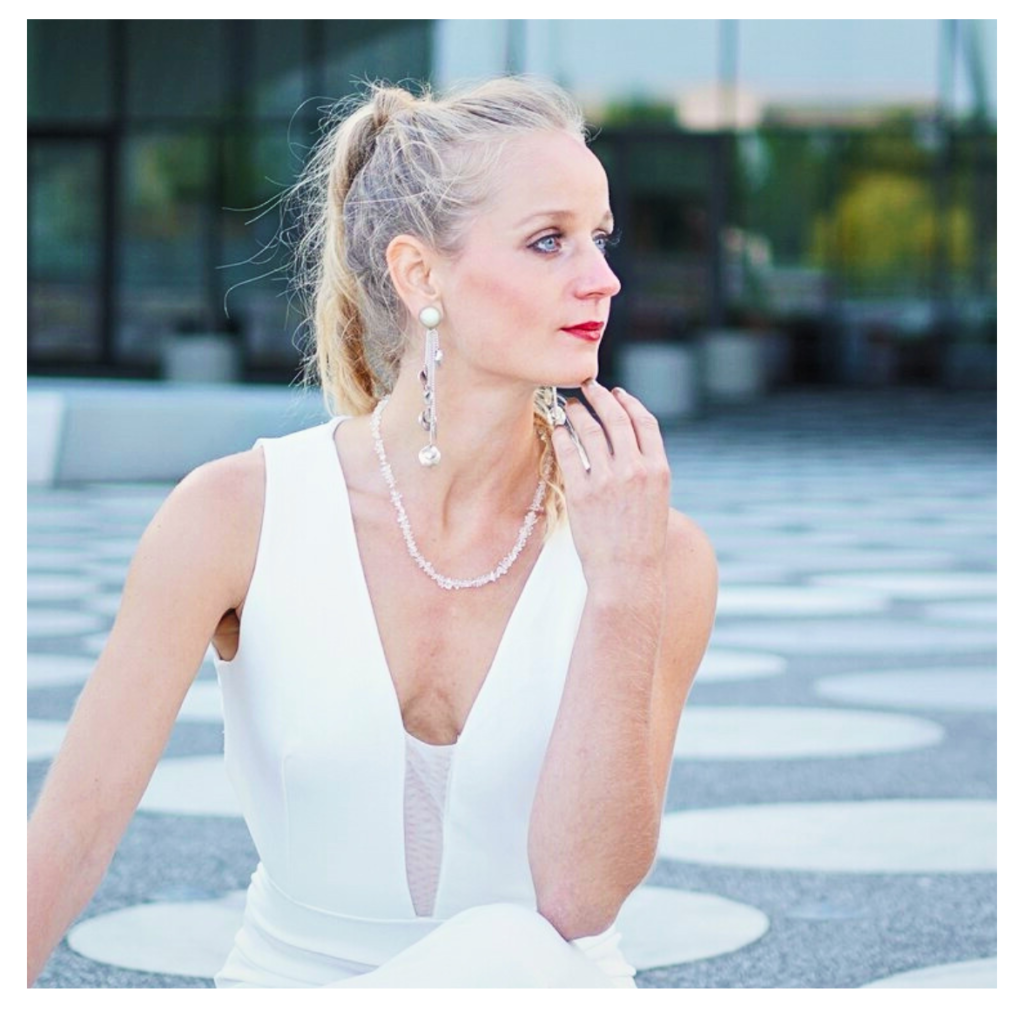
- How do you incorporate the lessons from Somatic Movement Education and your training with the Dance Education Laboratory in New York City into your current practice?
My experience and learnings from Somatic Movements and the „Dance Education Laboratory“ in New York inform strongly how I structure and transmit it in one session as well as group experiences. I encourage my students and clients to sense what’s happening within their organs, within their muscles, and also within their energy systems. On the other hand, I love to give some structure that is more mentally based and creates safety for people to lean into for dance creation and self-expression. For example: We can work on a specific theme that is inspiring or emotionally intense for the group or individuals and literally move through emotions and sensations with the body concerning these themes and issues. As well as we mentally approach them, find associations and interlinked themes to widen the perspective on the theme, and create a movement sequence through these newly found clusters of content.
- How do your workshops, retreats, and individual support sessions differ from traditional dance classes, and what can participants expect to gain from them?
My approach in retreats, classes, and sessions is holistic. I love to tap into spirituality, but we don’t have to. It’s an invitation. I also love to tap into the relational structures of people who are working with me, as well as their physical environment. For me, the environment informs as well how we are moving in the space. To take care of different aspects while expressing ourselves through our body is different than just focusing on the steps, the counts, and musicality. For me, including aspects of personal visions for life, dreams that still want to be achieved or accomplished, family or relational structures that people would love to establish for themselves as well as blissful body sensations are some of my main values while connecting to students and clients.
Feature Image Courtesy: Bert Kubik



